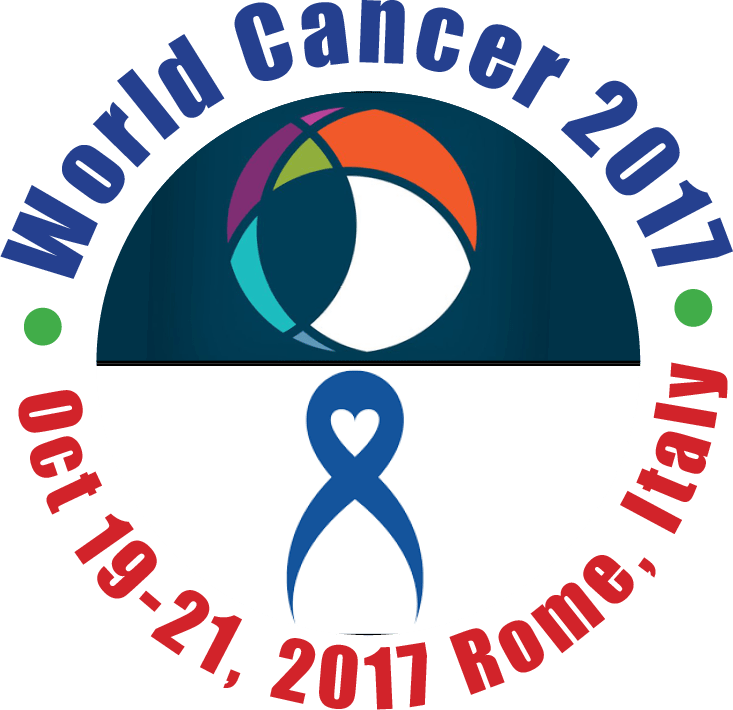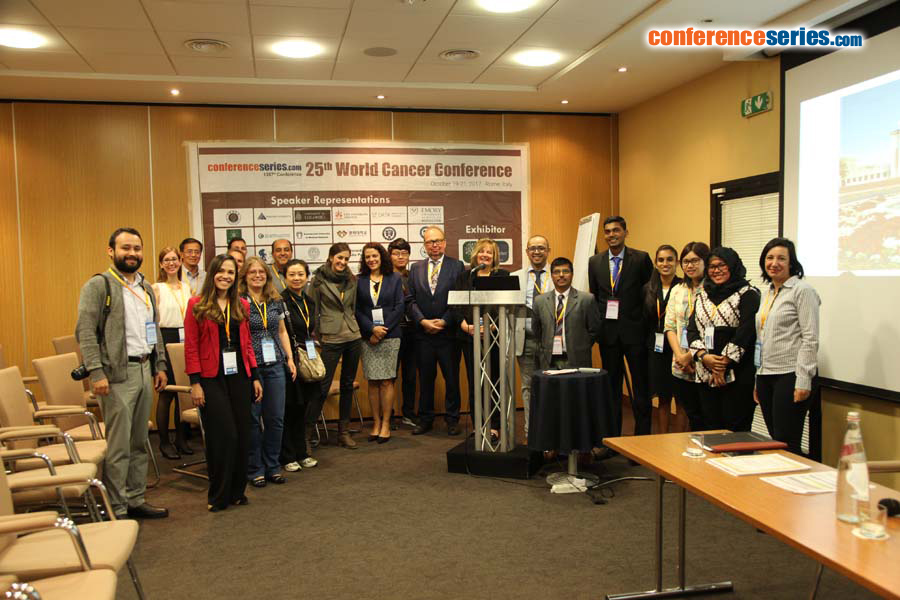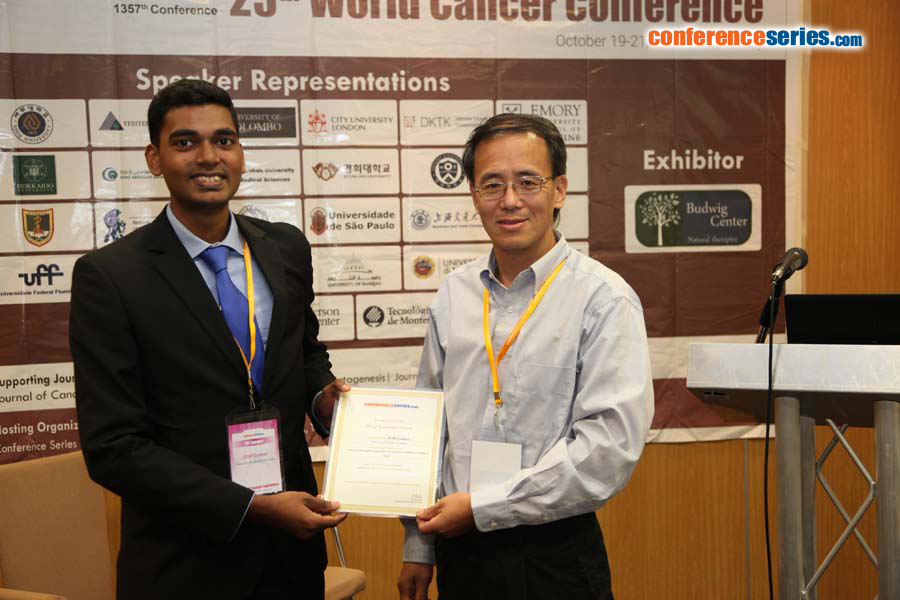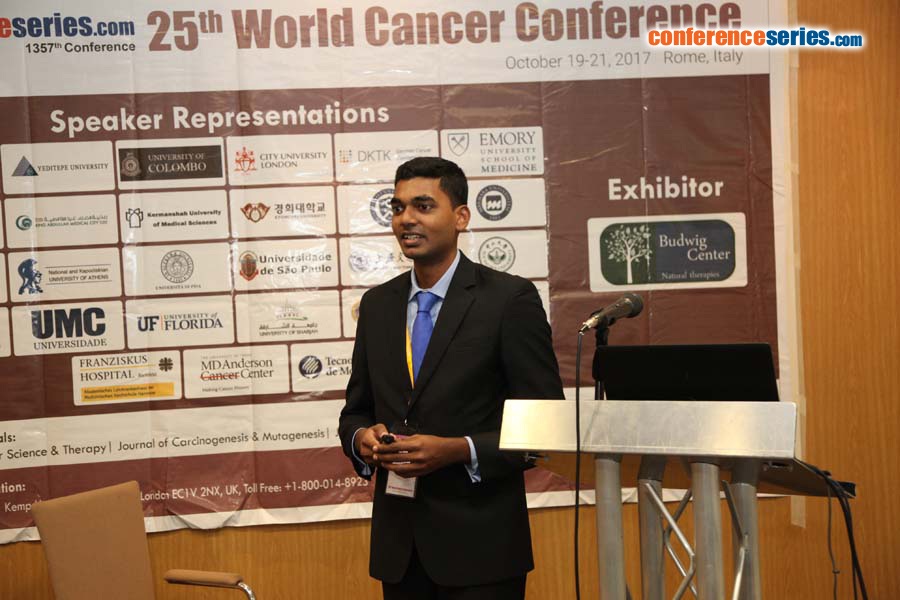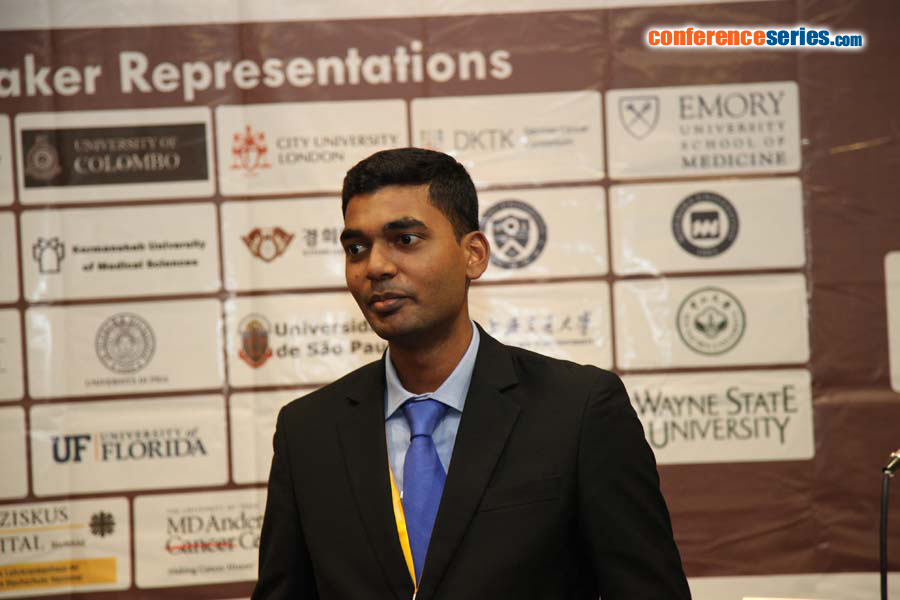
D M Gomez
University of Colombo , Sri Lanka
Title: Temporal trends in patient characteristics and treatment at a palliative care setting, Sri Lanka
Biography
Biography: D M Gomez
Abstract
Introduction & Aim: Palliative needs of cancer patients in Sri Lanka remain unclear. Aim of this study is to identify the temporal trends in patient characteristics and treatment at a main palliative care setting in Sri Lanka.
Methodology: This was a retrospective study conducted at the Palliative Care Clinic, National Cancer Institute Maharagama. All Patient Assessment Forms (PAFs) in the clinic were reviewed for two timeframes i.e. the first four months since starting the clinic (September-December 2015) and the last four months prior to data collection (October 2016 -January 2017). An expertdeveloped audit tool was used and trends evaluated under four thematic areas: socio demographic characteristics, disease characteristics, palliative-care problems and treatment.
Results: There were 56 and 42 PAFs for the two timeframes, respectively. The median age of patients seeking palliative care increased from 55 to 58.5 years. Presentation of unmarried individuals (p=0.044) without caregivers (p=0.002) for care decreased significantly with time. The most common cancers in the first timeframe were upper gastrointestinal (17.9%) and oro-pharyngeal carcinoma (12.5%) and those in the second timeframe were oro-pharyngeal (33.3%) and lung carcinoma (14.3%). Most patients at presentation for palliative care had metastasis in both timelines. Over time, pain increased as a presenting complaint (p=0.039). Other physical problems (p=0.039) and social problems (p=0.011) were also more frequently identified. Treatment-wise, symptom control was the most frequent problem addressed in both timeframes, however, there was a temporal improvement in the address of financial problems (p=0.008).
Conclusions: In patients presenting for palliative care, significant time trends were identified in all four thematic areas. These trends require consideration when refining palliative care services..
